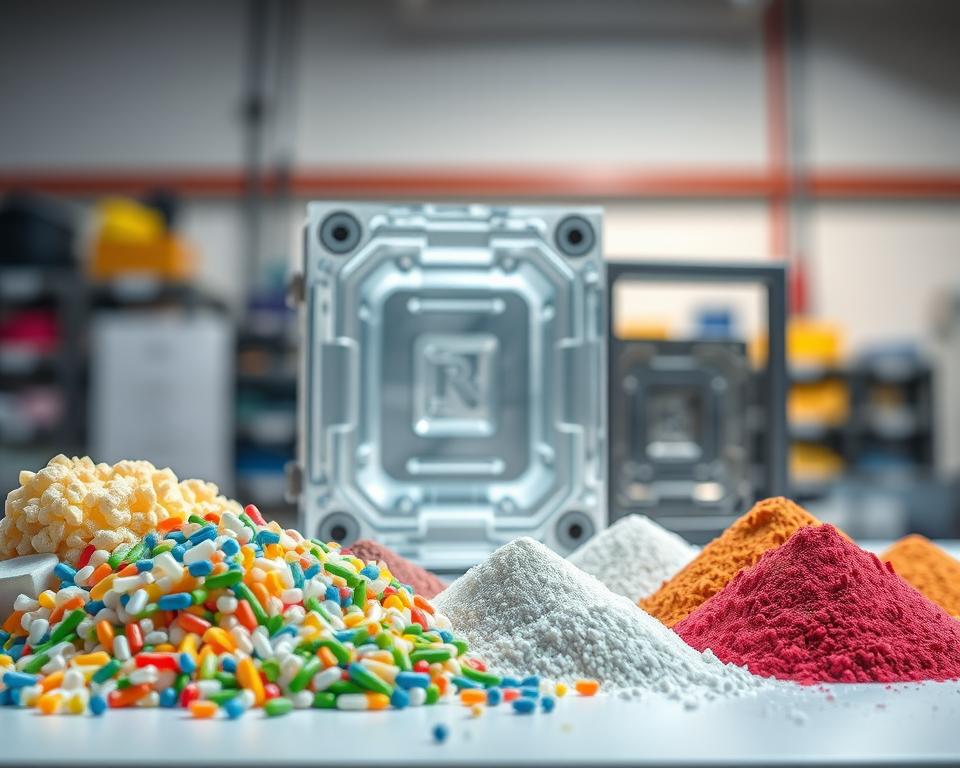China Injection Molding Sourcing: A Complete Guide
So, the big meeting just wrapped up. your new product has been approved, the timeline is aggressive, and funding is, to put it mildly, limited. Then a voice—perhaps your manager or the CFO—drops the line that gives every project manager a shock: “We should look at sourcing this from China.”
Of course, you acknowledge. It seems sensible at first glance. Savings can be substantial. Yet your thoughts are already spinning. You know the rumors, don’t you? Quality failures, endless communication gaps, shipments arriving months late and nothing like the prototype. It feels like walking a thin line between big savings and total project failure.
But here’s the catch. Procuring plastic mold needn’t be a roll of the dice. It’s a project, just like any other. And like any project, it succeeds or fails based on the process you follow. It’s not just about the lowest bid but selecting the best partner and overseeing every step. Disregard those scary tales. Let’s walk through a real-world playbook for getting it right.

Initial Step: Prepare Your Information
Before you even whisper the word “supplier” or open a browser tab to Alibaba, you need to get your own house in order. Truthfully, over fifty percent of offshore sourcing issues originate in an unclear project brief. You can’t expect a factory on the other side of the world to read your mind. A vague RFQ is like telling a contractor to bid on “a house.” The responses you get will be all over the map, and none of them will be useful.
Aim to craft an RFQ package so precise and comprehensive it leaves no room for error. This becomes the bedrock of your sourcing project.
So, what goes in it?
First, your 3D CAD files. They cannot be skipped. Stick to universal formats like STEP or IGS to avoid any compatibility headaches. This serves as the definitive part geometry reference.
However, 3D alone won’t cut it. Include precise 2D engineering drawings. This is where you call out the stuff that a 3D model can’t communicate. I’m talking about critical tolerances (like ‘25.00±0.05 mm’), material specifications, required surface finishes, and notes on which features are absolutely critical to function. Call out smooth surfaces or precision hole sizes in big, bold notation.
After that, material choice. Don’t label it simply “Plastic.” Don’t even just say “ABS.” Get precise. If you need SABIC Cycolac MG38 in black, say exactly that. Why be exact? Because there are thousands of plastic variations. Naming the precise grade locks in the mechanical, thermal, and aesthetic properties you need with what is plastic mold.
Your supplier might propose substitutes, but you must set the baseline.
Don’t forget the commercial info. What is your Estimated Annual Usage (EAU)? They need clarity: is it 1,000 total shots or a million units per annum? The tool design, the number of cavities, and the price per part all hinge on this number.
The Great Supplier Hunt
With your RFQ perfected, who will you target? The internet has made the world smaller, but it’s also made it a lot noisier. Locating vendors is easy; vetting them is the real challenge.
Your search will likely start on platforms like Alibaba or Made-in-China.com. They let you survey dozens of suppliers quickly. Use them to build a shortlist, not the final list. You’ll want to quickly build a list of maybe 10 to 15 companies that look promising.
But don’t stop there. Perhaps hire a local sourcing specialist. They do cost extra. But a reputable agent brings pre-screened factories. They are your person on the ground, navigating the language and cultural barriers. For a first-time project, this can be an invaluable safety net. It’s schedule protection.
Also consider trade fairs. If you can attend, shows such as Chinaplas transform sourcing. Nothing beats a face-to-face conversation. You can handle sample parts, meet the engineers, and get a gut feeling for a company in a way that emails just can’t match. Also, leverage the tried-and-true referral network. Ask other project managers in your network. A recommendation from a trusted peer is often worth its weight in gold.
Separating Real Suppliers from Pretenders
After firing off that RFQ to a broad pool, the quotes will start trickling in. Some will be shockingly low, others surprisingly high. Your job now is to vet these companies and narrow it down to two or three serious contenders.
How do you do that? It’s a bit of an art and a science.
First, look at their communication. Do they respond quickly and clearly? Do they communicate effectively in English? But here’s the real test: Are they asking you intelligent questions? A great supplier will review your RFQ and come back with thoughts. “Have you considered adding a draft angle here to improve ejection?” or “We see your tolerance requirement here; our CMM can verify that, but it will add to the inspection time. Is that acceptable?” Consider that a big green light. It shows they’re engaged and experienced. Anyone who simply agrees to all specs is a red flag.
Afterward, verify their technical arsenal. Request their machine list. Review examples of parts akin to your design. Don’t pick a micro-molding shop for large components.
Finally, inspect the factory. This is not optional. Just as you interview hires, audit suppliers. You can travel or outsource a local inspector. They’ll send a local inspector to the factory for a day. They authenticate the firm, review ISO credentials, evaluate machines, and survey operations. It’s the best few hundred dollars you will ever spend on your project.
Transforming CAD into Real Parts
Once you’ve chosen your supplier. you’ve negotiated the price and payment terms—a common structure is 50% of the tooling cost upfront to begin work, and the final 50% after you approve the first samples. Then comes the real action.
Your supplier’s first deliverable is a DFM analysis. Design for Manufacturability (DFM) is essential. It’s their professional review of your CAD. It will highlight potential issues like areas with thick walls that could sink, sharp corners that could cause stress, or surfaces without enough draft angle for clean ejection from the mold. A detailed DFM shows expertise. It’s a two-way partnership. You iterate with their team to optimize the mold.
Once the DFM is approved, they’ll start cutting steel to make your injection mold tool. In a few weeks, you’ll see “T1 samples are on the way.” These are your initial mold shots. It’s your first real test.
Be prepared: T1 samples are almost never perfect. This is normal! You’ll find minor defects, off-spec dimensions, or finish issues. You’ll provide detailed feedback, they’ll make small adjustments (or “tweaks”) to the tool, and then they’ll send you T2 plastic mold company samples. It could require several iterations. Build buffer time for sample iterations.
Eventually, you will receive a part that is perfect. It meets every dimension, the finish is flawless, and it functions exactly as intended. This is your golden sample. You ratify it, and it becomes the quality yardstick for production.
Crossing the Finish Line
Getting that golden sample feels like the end, but it isn’t. Now you’re entering the mass production phase. How do you ensure that the 10,000th part is just as good as the golden sample?
Put a strong QC process in place. Typically, this means a pre-shipment audit. Use a third-party inspector again. For a few hundred dollars, they will go to the factory, randomly pull a statistically significant number of parts from your finished production run, and inspect them against your 2D drawing and the golden sample. You receive a full report with images and measurements. After your approval, you release the shipment and final funds. This step saves you from a container of rejects.
Don’t forget shipping details. Know your shipping terms. Are you on FOB terms, where they load and you take over? Or is it EXW (Ex Works), where you are responsible for picking it up from their factory door? These choices hugely affect landed cost.
China sourcing is a long-haul effort. It’s about building a relationship with your supplier. View them as allies, not vendors. Open dialogue, trust, and rigorous procedure deliver results. It’s a challenging project, no doubt. But with this framework, it’s one you can absolutely nail, delivering the cost savings everyone wants without sacrificing your sanity—or the quality of your product. You’ve got this.

